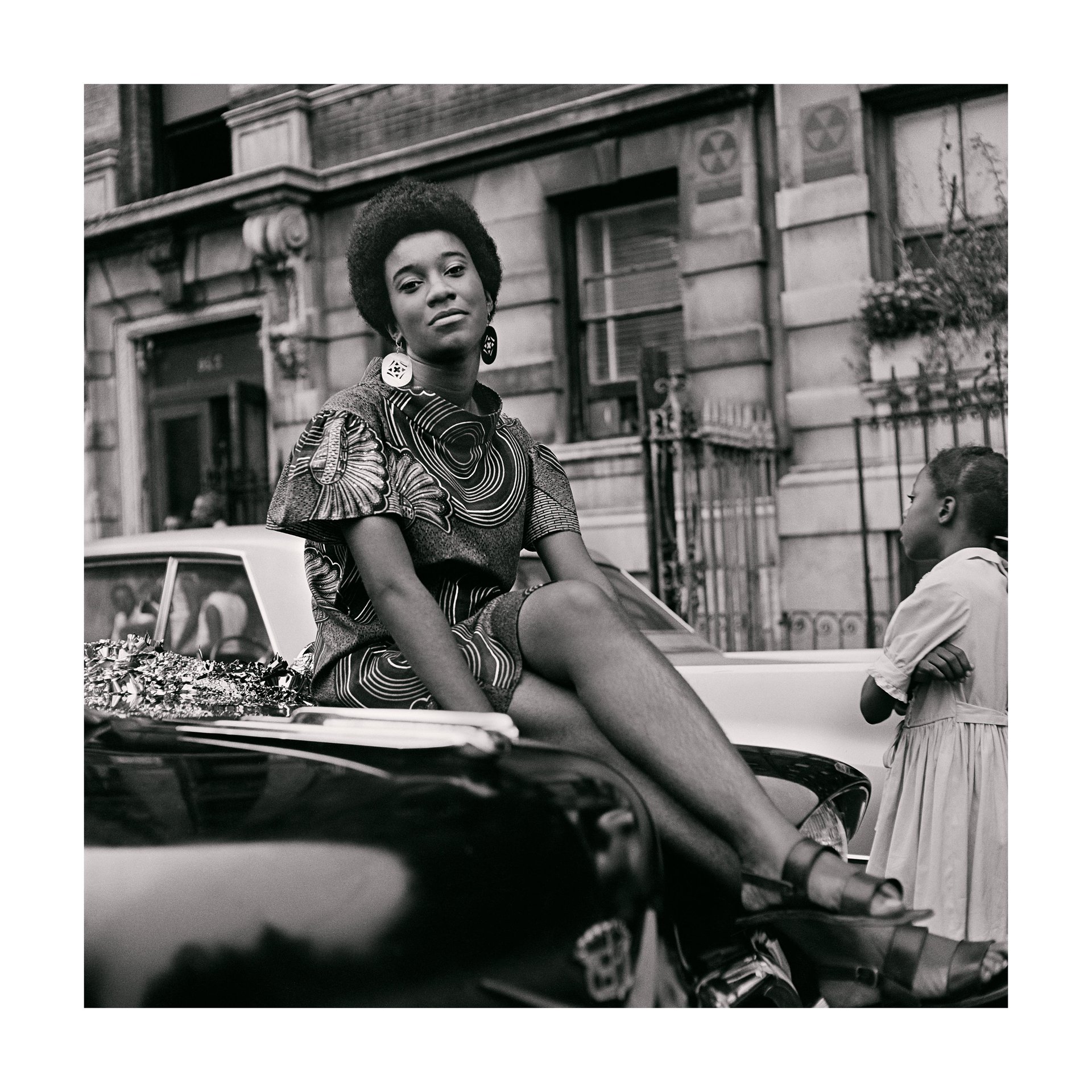Does it feel like you can’t talk about fashion without the Sixties, and you can’t talk about Sixties without fashion? The decade’s influence on U.S. culture has been outsize because a lot happened, to say the least. Just look at the four fashion moments in the spotlight at the Museum of the City of New York’s new exhibition Mod New York: Fashion Takes a Trip: First Lady Fashion, Youthquake, New Bohemia, New Nonchalance. Each deserves an exhibition of its own.
This particular show presents an exceptional sampling of trends from across the decade, much of it from the closets of notable New Yorkers – think Babe Paley, Lauren Bacall and Penelope Tree. New York and fashion history are intertwined throughout the room, from the origins of the East Village’s bohemian reputation to the first boutique, Paraphernalia. The pairing of a Chanel suit handmade in Paris with a licensed version produced (mostly by machine) in New York by Davidow gives further insight into a rather different fashion industry. Jewelry, which is often overshadowed in these shows, also features prominently, with offerings from Cartier New York (including the stories behind Aldo Cipullo’s now-iconic Love and Juste Un Clou bracelets), Tiffany and Kenneth Jay Lane.
But the show’s strengths are insights into uniquely New York events. The first is Naturally ‘62: The Original African Coiffure and Fashion Extravaganza Designed to Restore Our Racial Pride & Standards. Planned in Harlem by photographer Kwame Brathwaite, whose images are displayed at the start of the exhibition, it’s a dynamic mix of fashion, the 1960s and New York — and it’s amazing what his photos of Grandassa models in Sixties fashion do to bring the roomful of archival pieces to life.
Across the gallery – past pink Norell evening pajamas with a jeweled Maltese cross (New Bohemian) and a marabou Geoffrey Beene coat (Youthquake) –three head-to-toe looks capture a very different New York moment: Truman Capote’s infamous Black and White Ball at the Plaza Hotel, where Penelope Tree, in custom Betsey Johnson, was “discovered,” propelling her from socialite to model legend.
The spotlight on these New York happenings reinforces how central the city is to our impressions of the era, and for many, that focus is a real trip. On a recent afternoon, an attendee entered the hall, turned to face Brathwaite’s photographs of young women in Harlem and exclaimed, “Oh my god, I remember those days.”



